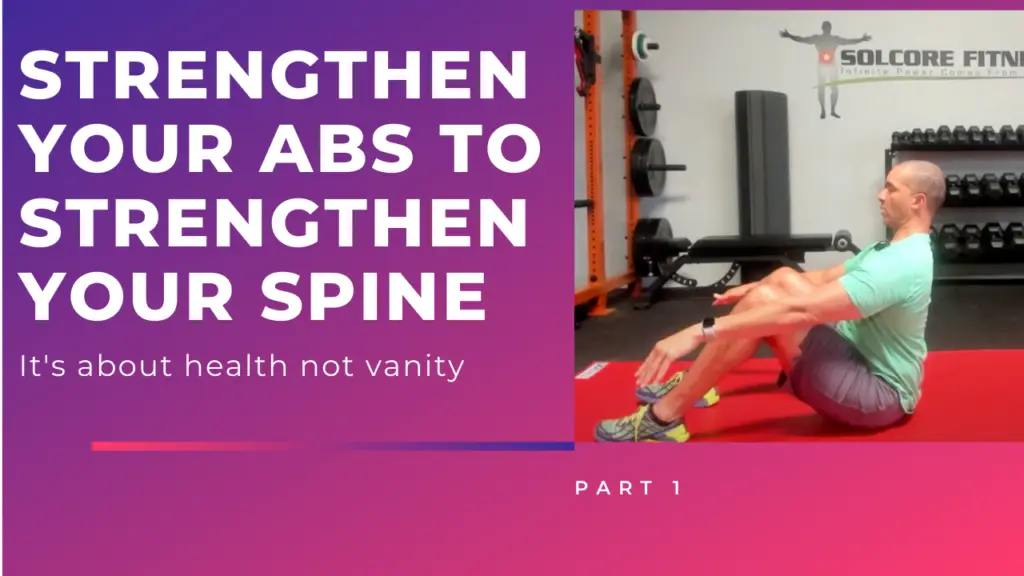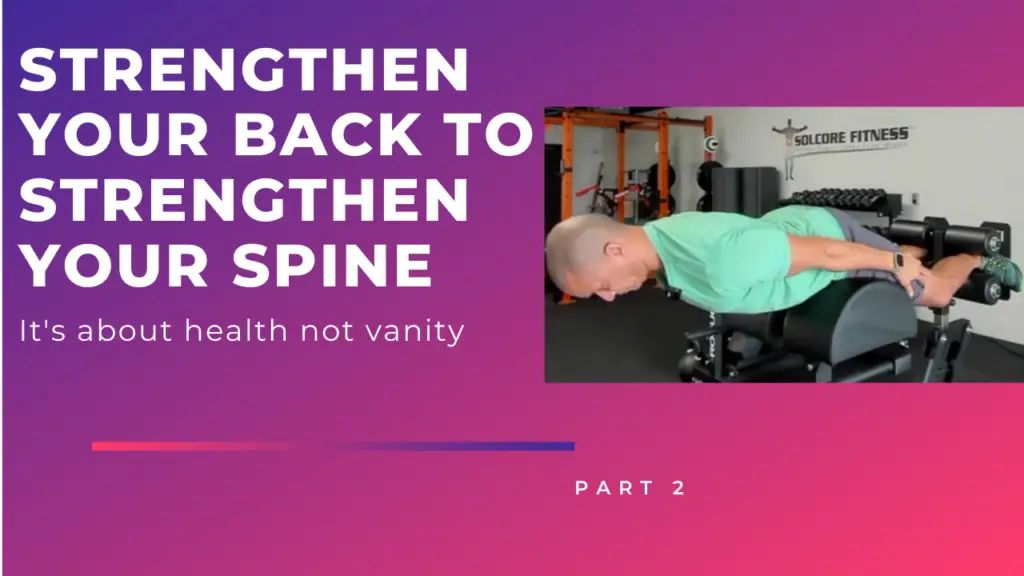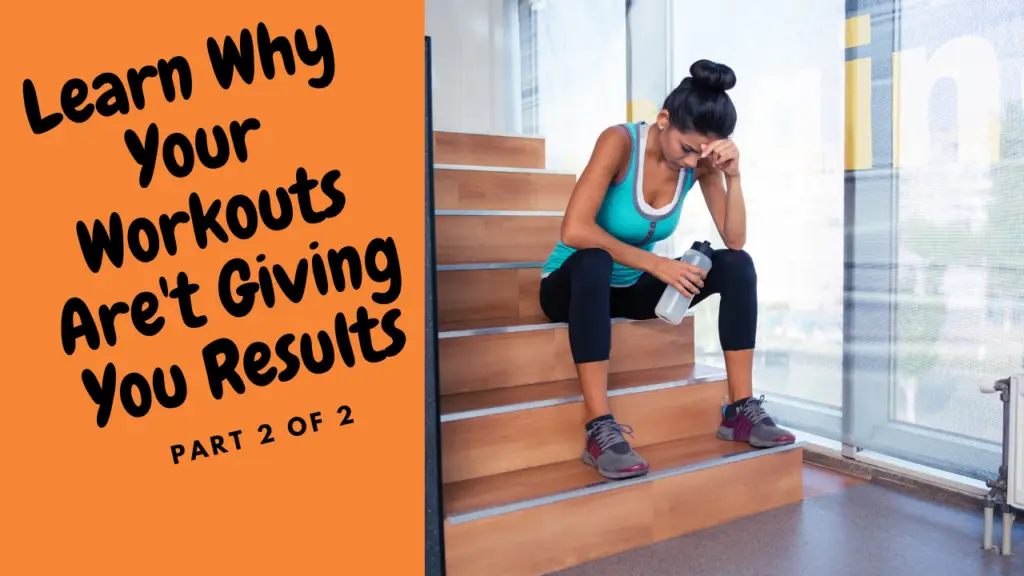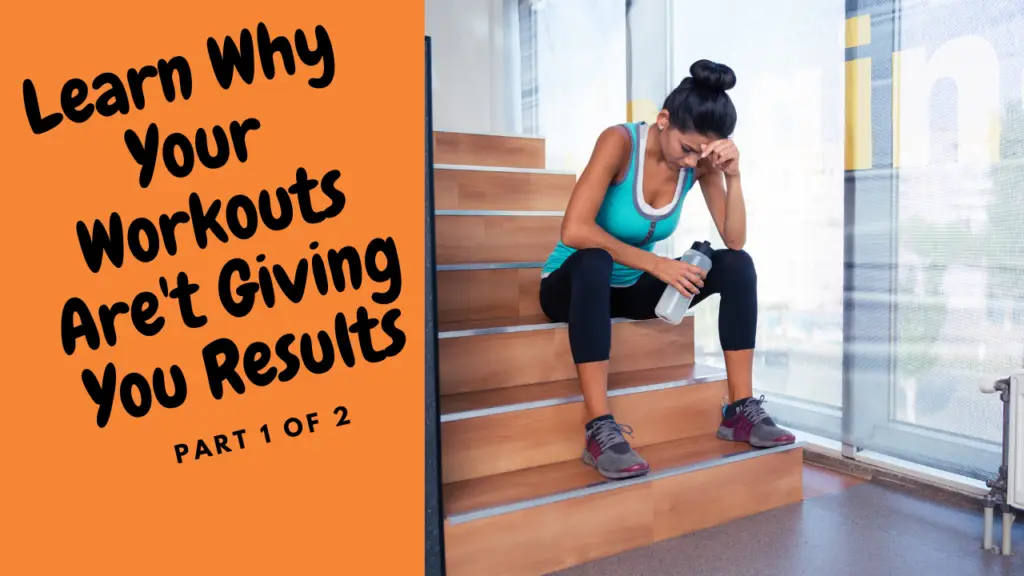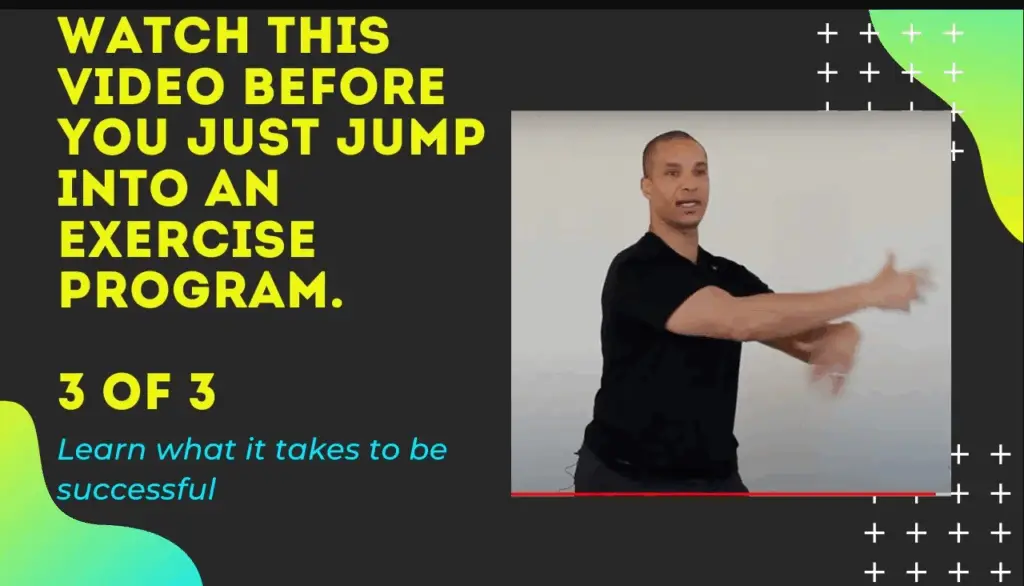
“If you don’t want to keep tripping over your shoelaces, try tying them another way.” The phrase might seem simple, but it’s a powerful metaphor for breaking out of old habits and approaching fitness plateaus with fresh solutions.
Just like in life, everyone stumbles sometimes and the first instinct is to simply redo what’s familiar, hoping for different results. But science and experience both say that repeating the same actions without change keeps you locked in the same outcome. In fitness, this means plateauing in progress, getting stuck, and feeling frustrated as gains stall and injuries creep in.
It’s normal to feel uncomfortable when you try something new, whether it’s a new workout style, a revised schedule, or a technique you haven’t mastered yet. You may worry that you’re doing it wrong or feel out of your comfort zone. But this discomfort is exactly the space where growth happens—where the body adapts, the brain rewires, and new breakthroughs occur.
If you’re dealing with persistent setbacks, know that variety and new approaches are proven tools for busting plateaus. Solutions include switching up exercise intensity and format, discovering weak links, adding recovery, and seeking expert input. Making conscious adjustments in your plan—rather than repeating what hasn’t worked is how you avoid repeating the same mistakes and finally make progress.
That means being open, embracing discomfort, and accepting that initial changes may not feel “natural.” It’s okay. The willingness to reassess and try again, even when awkward, is what reveals new opportunities and results.
You don’t have to keep tying your shoelaces the same way (literally or figuratively) and you don’t have to keep tripping over the same old problems. In fitness and life, adaptive change is the path to success.
Find out more @
it’s not just working out, it’s building a foundation for a better life.

